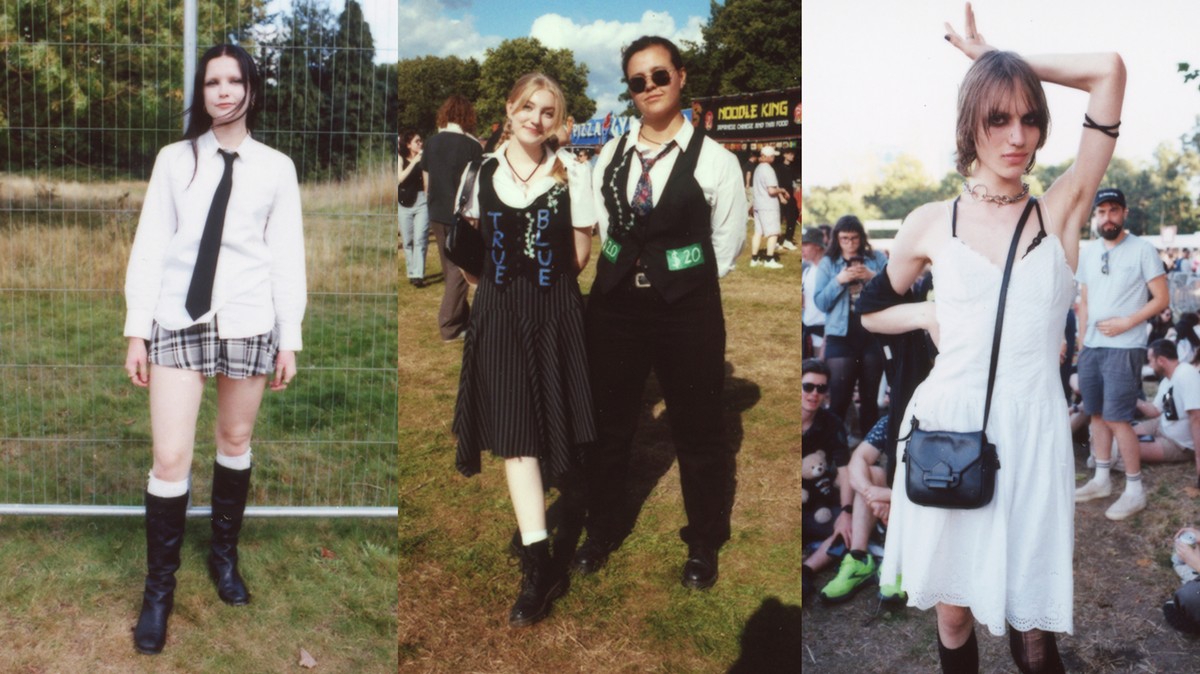Mr. Shadow 1
2018 - Photography (Photography)
112.5 x 167 cm
Nontawat Numbenchapol
The series of prints titled Mr. Shadow by Nontawat Numbenchapol engages with the history of and current state of militarization in Thailand. Each print features an invisible person, their silhouette only outlined by the military fatigues that they wear. The faceless figure in each work is pictured either in solitude or interacting with other camouflage-swathed ghosts. Ironically, the camouflage attire of each figure is the only part of them that is not erased by the artist. Photographed on a mountain range at the border between Shan State in Myanmar and Northern Thailand, the Mr. Shadow series epitomizes the haunting presence and effects of a militarized modernity and nation-state building across the region. In this iteration of the photo series groups of bodiless figures rest casually in the grass, seemingly in a state of waiting. In the foreground, four figures lounge in the field, their garments nonchalantly intertwined. The image is homoerotic, inherent to the homo-sociality of the army, and to the way the artist’s gaze captures desire. The pastoral scene also emphasizes the landscape—a geography contested and dominated by violence, dispossession, displacement, and migration. Though the compositions and imagery may differ across the images, what ties this series together is a temporal tension; there is a discernible sense of latent expectancy or apprehension that permeates the figures in waiting.
Nontawat Numbenchapol is primarily known as a film director and television screenwriter, widely recognized for his documentary work. His moving image work is considered part of Thailand’s film wave exploring politics and the social sphere through poetics and cinematography. His work often unpacks societal and historical complexities in the porous geographies of inland Southeast Asia. Through an experimental documentary aesthetic, Numbenchapol’s work captures the stories of local people, refugees and immigrants, people marginalized by neo-colonial capitalism, and portrays them as living archives. He has made films and photographic installations concerning the contested Thai-Cambodia border and the holy archaeological site at its epicentre. Numbenchapol’s Mobile Lab Project researches experimental ways of visual and sound perception in humans.
Colors:
Other related works, blended automatically
» see more
Related works sharing similar palette
» see more

© » ARTS EQUATOR
Criticism and Tears: The Emotional is Political in the Marcos State | ArtsEquator Skip to content When a film taps on emotions to distort historical facts, criticism that uses a rational, adversarial voice, above the work and the audiences who enjoy it may fail to dislodge the emotive power of the work’s narrative...

© » ANOTHER
The West Hollywood Artist Who Immortalised LA’s Golden Boys | AnOther A new exhibition in New York showcases the work of Kenneth Kendall, an artist who sculpted James Dean, Marlon Brando and more in the bohemian atmosphere of late 20th-century Los Angeles February 06, 2024 Text Miss Rosen Back in the 1950s, Hollywood’s fabled Melrose Avenue was still a sleepy street home to cabinetmakers and print shops catering to the local community...
Other works by: » Nontawat Numbenchapol
» see more
Related works found in the same semantic group
» see more

© » KADIST
Hernan Bas
2010A Splinter (Study for Painting) is a large graphite work on paper by Hernan Bas that was intended as a study for a later painting...

© » KADIST
Bady Dalloul
2017The Great Game is a series of works composed of a number of card combinations illustrated by the faces of key political figures shaping the geopolitical landscape in the Middle East...

© » KADIST
Jonas Van and Juno B
2021Jonas Van and Juno B’s video work Kebranto is anchored by the figure of Boitatá, a snake that is part of the imaginary Guaraní communities that live between the current nation-states of Argentina, Brazil, Paraguay, and Uruguay...





